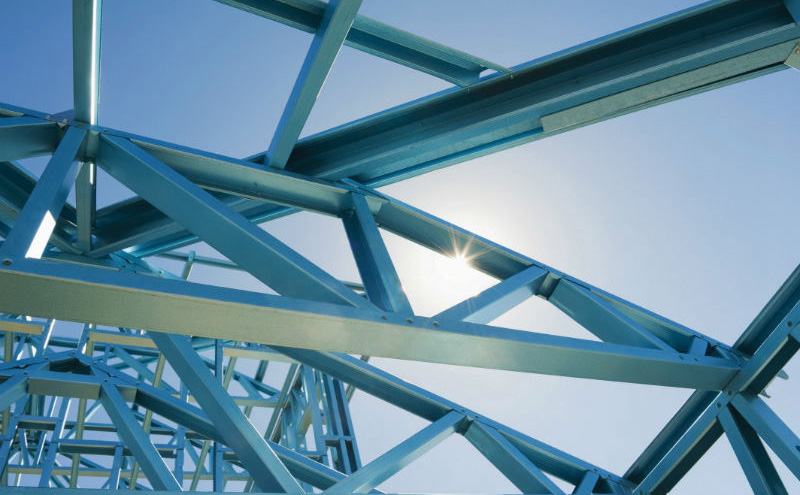
THE RIBA Future Trends Workload Index rose to +3 in July – up from -17 in June and a major step forward after four months in negative territory.
Almost a third (31%) of practices said they anticipate a workload increase, 42% expect workload to remain the same, while just 28% expect a decrease.
In July the Staffing Index also rose by five points, with 75% of practices saying they expect the level of permanent staff to remain the same over the next three months and 8% anticipating the need to employ more permanent staff. Despite this, 17% still expect their staffing levels to decrease over the next three months.
RIBA said that while there was increased optimism about workloads over the next three months, 62% of respondents still expect profits to fall over the next year, with 7% of respondents expecting that their practice is unlikely to remain viable.
Other findings from the recent survey revealed that 20% of architectural staff have been furloughed, 1% have been made redundant, 18% are working fewer hours, and 26% of projects are still on hold since March.
Adrian Malleson, RIBA head of economic research and analysis said, “While July’s findings might show the first glimpse of positivity we’ve seen for a while – with practices seeing a specific increase in private residential enquiries as home working continues – architects still face a particularly challenging market. For some, their current workloads mainly consist of pre-pandemic commissions and the source of future work is uncertain. As the UK enters its first recession in 11 years, we can expect further caution from clients to commit to new projects, and confidence in future workloads may be affected.
“It remains our fundamental priority to support our members through this difficult time with resources and economic intelligence to help overcome immediate hurdles and build future resilience.”








